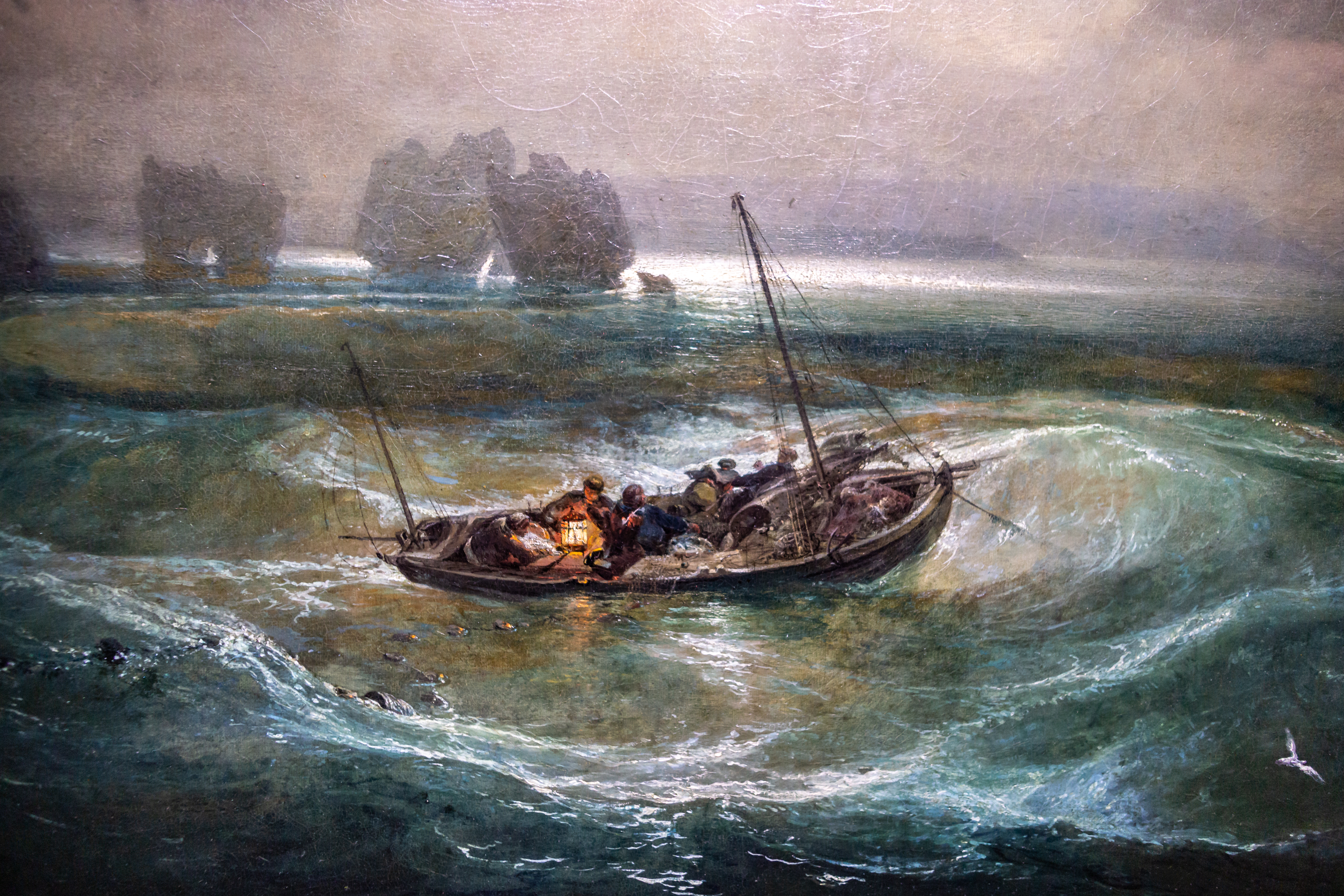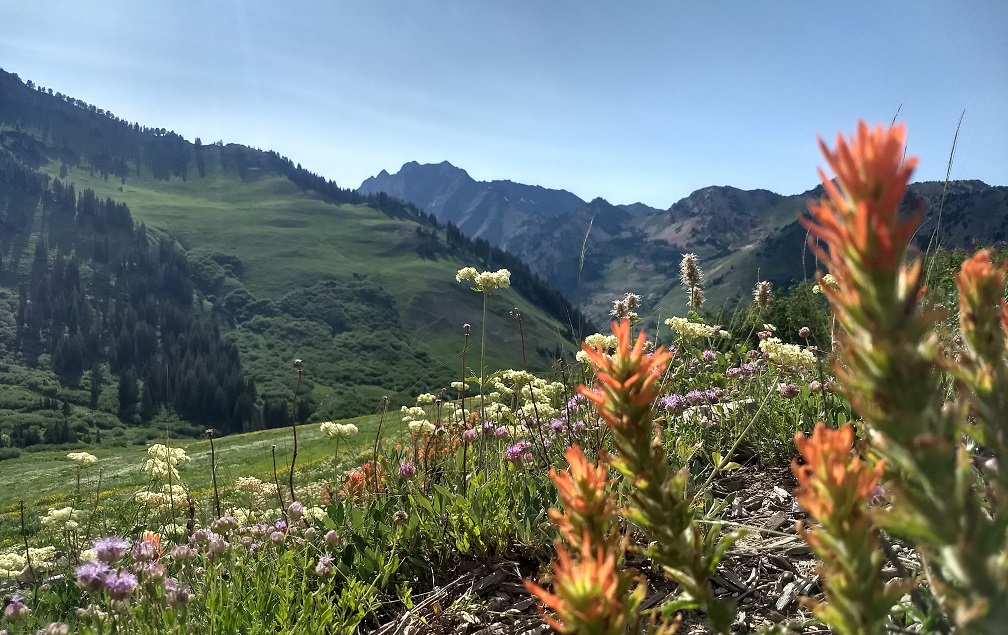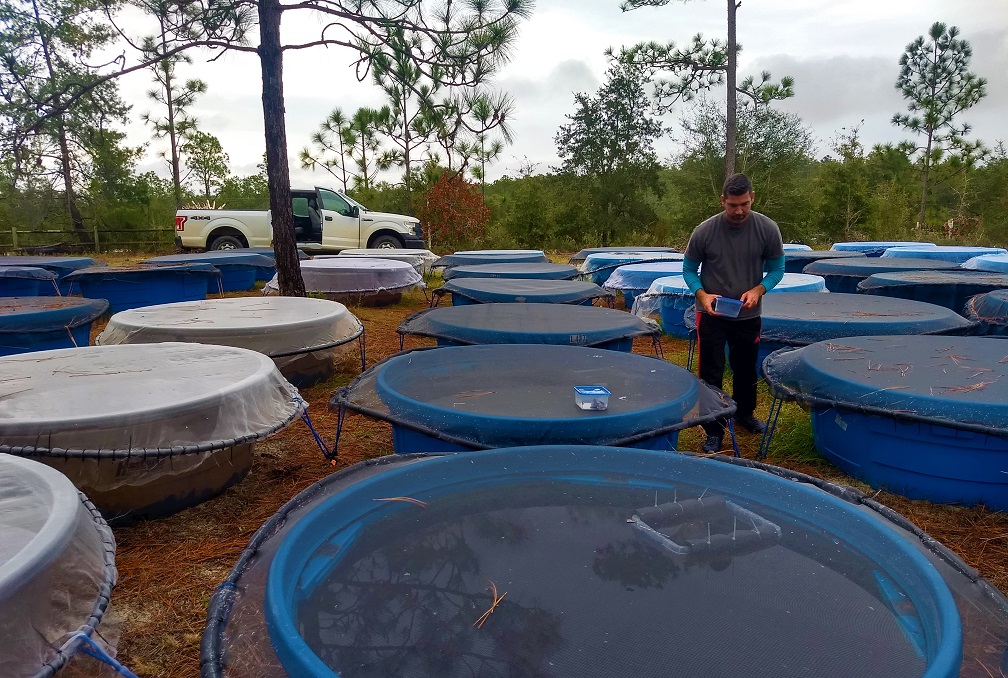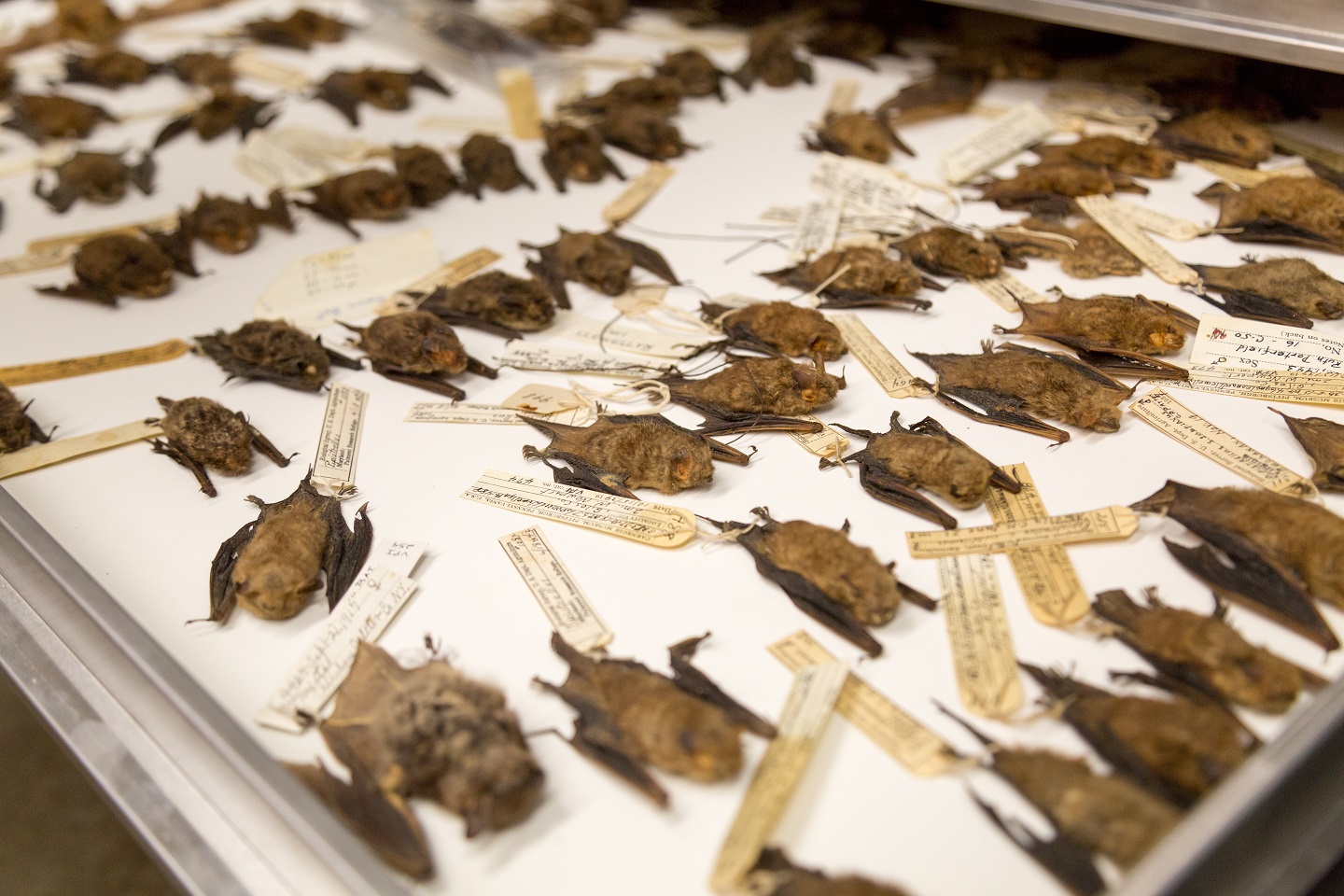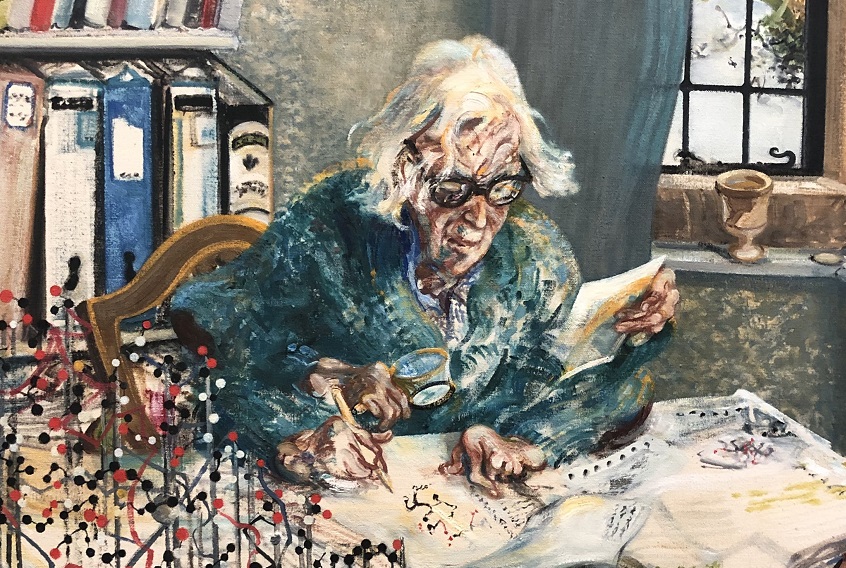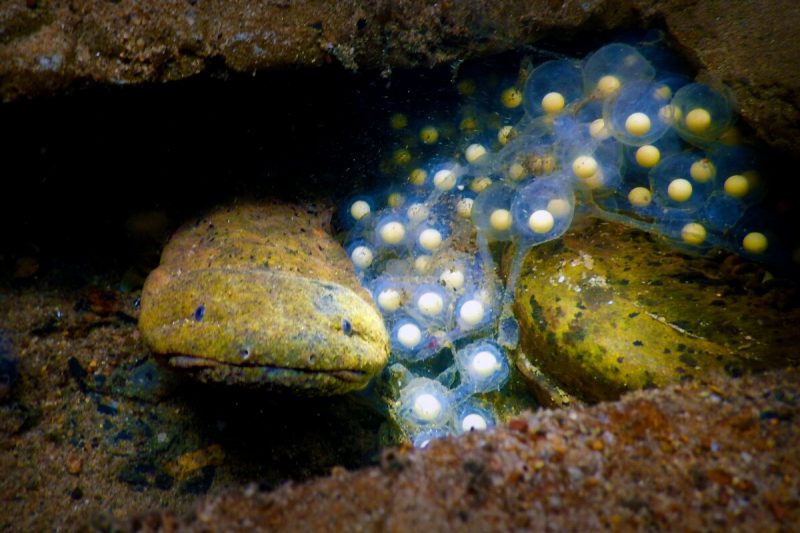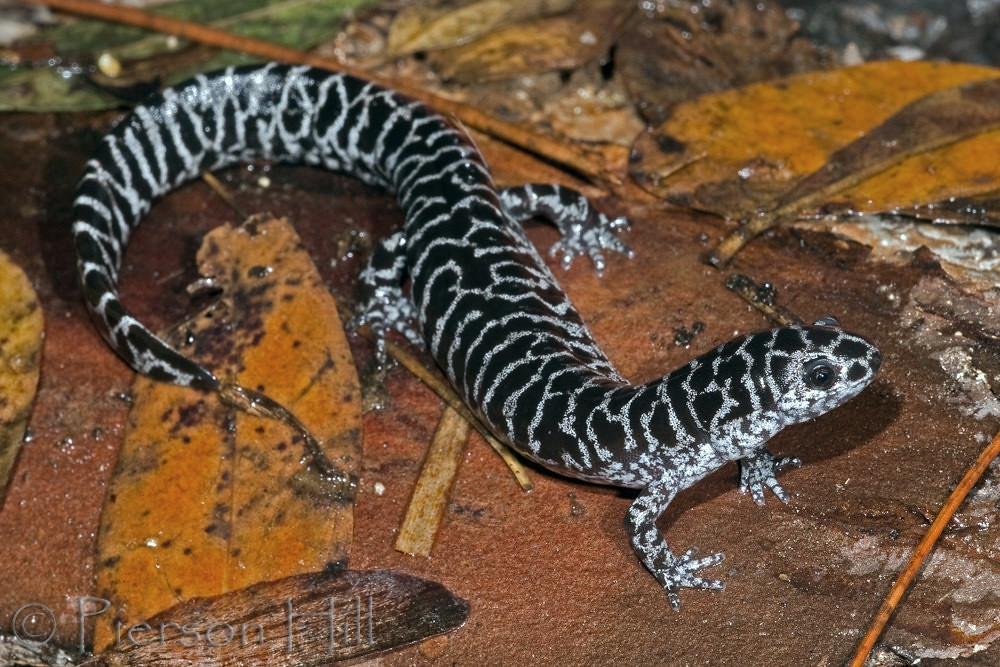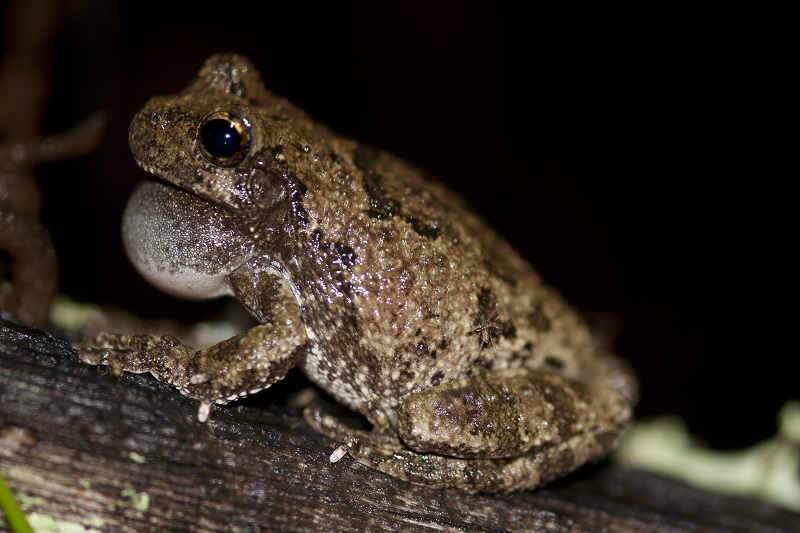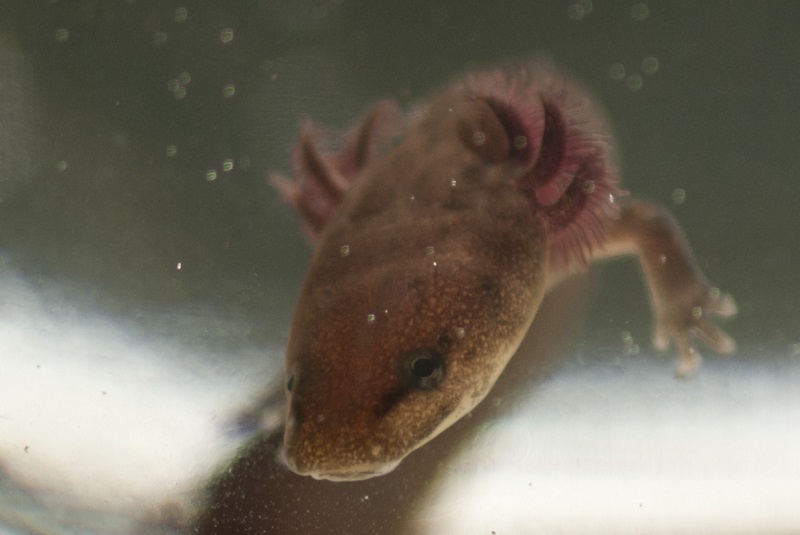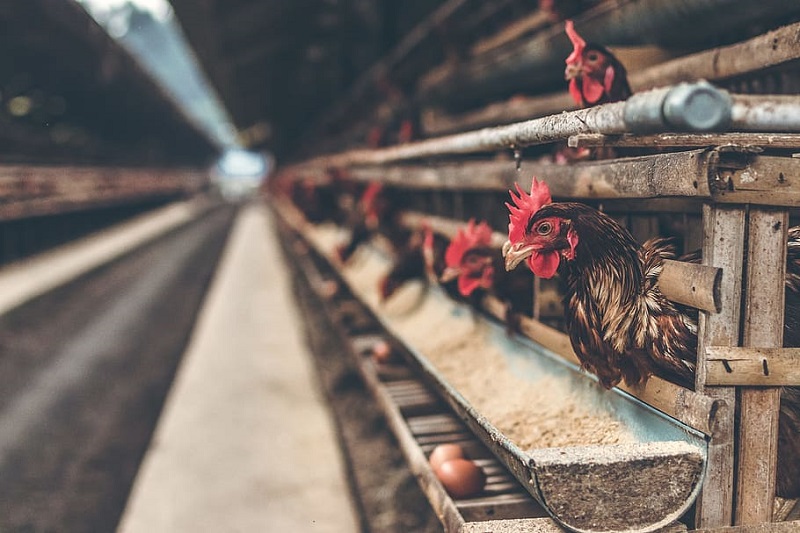Sitemap
A list of all the posts and pages found on the site. For you robots out there is an XML version available for digesting as well.
Pages
Posts
cats
All at Sea
On the global business of fish and fishing
Back 2 School

On modern teaching and the future of higher education
Borrowed Time
On earth's biodiversity and the laws of life
Civil Wrongs
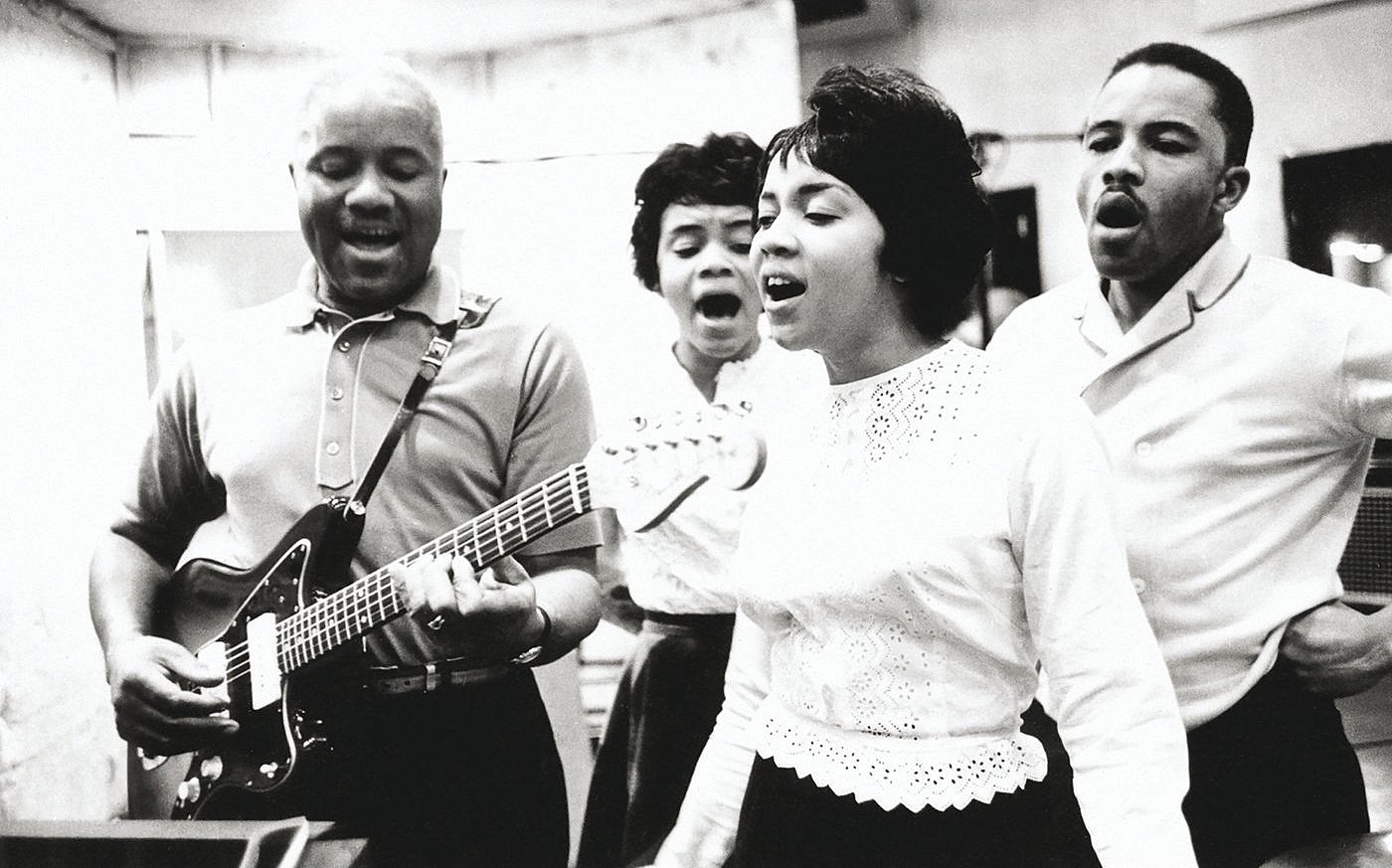
On western society through a critical race lens
Conservation Initiatives
On the fate of the environment in the 21st century
Plight of the Museum
On the rise and fall of natural history collections
Poetry Corner
On the soul-stirring power of the English language
Scientist’s Grist
On what it means to be a scientist
Unnatural Histories
On evolution and extinction in the Anthropocene
portfolio
publications
Discerning the environmental drivers of annual migrations in an endangered amphibian
Brooks, G. C., J. A. Smith, T. A. Gorman, and C. A. Haas. 2019. Discerning the environmental drivers of annual migrations in an endangered amphibian. Copeia 107:270-276
Indirect connectivity estimates of amphibian breeding wetlands from spatially explicit occupancy models
Brooks, G. C., J. A. Smith, E. Frimpong, T. A. Gorman, H. Chandler, and C. A. Haas. 2019. Indirect connectivity estimates of amphibian breeding wetlands from spatially explicit occupancy models. Aquatic Conservation: Marine and Freshwater Ecosystems 29:1815-1825
The impact of targeted data management training for field research projects
Petters, J. L., G. C. Brooks, J. A. Smith, and C. A. Haas. 2019. The impact of targeted data management training for field research projects. Data Science Journal 18:43-50
Reconciling larval and adult sampling methods to model growth across life-stages
Brooks, G. C., Y. Jiao, T. A. Gorman, and C. A. Haas. 2020. Reconciling larval and adult sampling methods to model growth across life-stages. PLoS ONE 15:e0237737
Using historical dip net data to infer absence of flatwoods salamanders in stochastic environments
Brooks, G. C. and C. A. Haas. 2021. Using historical dip net data to infer absence of flatwoods salamanders in stochastic environments. PeerJ 9:e12388
Early development drives variation in amphibian vulnerability to global change
Brooks, G. C. and H. K. Kindsvater. 2022. Early development drives variation in amphibian vulnerability to global change. Frontiers in Ecology and Evolution 10:813414
Filial cannibalism leads to chronic nest failure of eastern hellbender salamanders (Cryptobranchus alleganienesis)
Hopkins, W. A., B. F. Case, J. Groffen, G. C. Brooks, C. M. Bodinof Jachowski, S. T. Button, J. J. Halligan, R. S. M. O’Brien, and H. K. Kindsvater. 2023. Filial cannibalism leads to chronic nest failure of eastern hellbender salamanders. The American Naturalist 202:92-106
Comparing estimates of census and effective population size in an endangered amphibian
G. C. Brooks, A. Wendt, C. A. Haas, and J. H. Roberts. 2023. Comparing estimates of census and effective population size in an endangered amphibian. Animal Conservation 26:839-850
Environmental complexity and reduced stocking density promote positive behavioral outcomes in broiler chickens
Evans, L., G. C. Brooks, M. G. Anderson, A. M. Campbell, and L. Jacobs. 2023. Environmental complexity and reduced stocking density promote positive behavioral outcomes in broiler chickens. Animals 13:2074
Forecasting the flooding dynamics of flatwoods salamander breeding wetlands under future climate change scenarios
Chandler, H. C., N. M. Caruso, D. L. McLaughlin, Y. Jiao, G. C. Brooks, and C. A. Haas. 2023. Forecasting the flooding dynamics of flatwoods salamander breeding wetlands under future climate change scenarios. PeerJ 11:e16050
Removing duff layers in fire-suppressed wetlands can aid habitat restoration efforts
Brooks, G. C., T. A. Gorman, K. C. Jones, H. C. Chandler, B. K. Rincon, M. A. Sission, J. Himes, and C. A. Haas. 2023. Removing duff layers in fire-suppressed wetlands can aid habitat restoration efforts. Wetlands 43:95
Niche partitioning and the storage effect facilitate coexistence in an amphibian community
Brooks, G. C., N. M. Caruso, H. C. Chandler, and C. A. Haas. 2023. Niche partitioning and the storage effect facilitate coexistence in an amphibian community. Ecology and Evolution 13:e10629
Why are vertebrates so big?
Brooks, G. C. 2023. Why are vertbrates so big? Functional Ecology 37:2764-2766
The relationship between female body size and clutch size in frosted flatwoods salamanders (Ambystoma cingulatum)
Chandler, H. C. and G. C. Brooks. 2023. The relationship between female body size and clutch size in frosted flatwoods salamanders (Ambystoma cingulatum). Southeastern Naturalist 22:588-594
Concurrent threats and extinction risk in a long-lived, highly fecund vertebrate with parental care
Brooks, G. C., W. A. Hopkins, and H. K. Kindsvater. 2024. Concurrent threats and extinction risk in a long-lived, highly fecund vertebrate with parental care. Ecological Applications 34:e2946
Predicting the population viability of an endangered amphibian under environmental and demographic uncertainty
Brooks, G. C., H. C. Chandler, Y. Jiao, D. Z. Childs, and C. A. Haas. 2024. Predicting the population viability of an endangered amphibian under environmental and demographic uncertainty. Population Ecology 66:184-195
Variation in flatwoods salamander survival is unrelated to temperature and rainfall
Brooks, G. C., T. A. Gorman, and C. A. Haas. 2024. Variation in flatwoods salamander survival is unrelated to temperature and rainfall. Ichthyology and Herpetology 112:31-40.
A hydrologic and land cover-based habitat model for use in bog turtle (Glyptemys muhlenbergii) conservation
Feaga, J. B., J. Barron, G. C. Brooks, E. A. Frimpong, C. A. Haas, M. Holden, and E. Hultin. 2024. A hydrologic and land cover-based habitat model for use in bog turtle (Glyptemys muhlenbergii) conservation. Aquatic Conservation: Marine and Freshwater Ecosystems 34:e4215
Environmental complexity impacts anxiety in broiler chickens depending on genetic strain and body weight
Ulans, A., G. C. Brooks, and L. Jacobs. 2024. Environmental complexity impacts anxiety in broiler chickens depending on genetic strain and body weight. Scientific Reports 14:17535
Ten principles from evolutionary ecology for the effective conservation of reptiles and amphibians
Brooks, G. C., H. C. Chandler, C. A. Haas, and H. K. Kindsvater. 2024. Ten principles from evolutionary ecology for the effective conservation of reptiles and amphibians. Journal of Herpetology 58:261-280
Wetland hydrology, not altered phenology, challenges Reticulated Flatwoods Salamander (Ambystoma bishopi) management under future climate change
Chandler, H. C., N. M. Caruso, G. C. Brooks, and C. A. Haas. 2024. Wetland hydrology, not altered phenology, challenges Reticulated Flatwoods Salamander (Ambystoma bishopi) management under future climate change. Ichthyology and Herpetology 112:531-543
Gopher Tortoise (Gopherus polyphemus) burrow associate communities are depauperate in modified landscapes
Brooks, G. C., S. Goodman, W. Moore, H. C. Chandler, N. M. Caruso, J. A. Smith, T. A. Gorman, C. A. Haas. 2025. Gopher Tortoise (Gopherus polyphemus) burrow associate communities are depauperate in modified landscapes. Community Ecology 1-15
Fundamental constraints on vertebrate life history are shaped by aquatic-terrestrial transitions and reproductive mode
Brooks, G. C., J. C. Uyeda, N. Bone, H. Conrad, C. Mull, and H. K. Kindsvater. 2025. Fundamental constraints on vertebrate life history are shaped by aquatic-terrestrial transitions and reproductive mode. Nature Ecology and Evolution 9:857-866
Prescribed fire promotes colonization by the Florida bog frog
Brooks, G. C., T. A. Gorman, C. Proctor, B. K. Rincon, and C.A. Haas. 2025. Prescribed fire promotes colonization by the Florida bog frog. Fire Ecology 21:1-14
Phenological differences of two sympatric ranid frogs in the southeastern United States
Brooks, G. C., R. M. Moore, B. K. Rincon, T. A. Gorman, and C.A. Haas. 2025. Phenological differences of two sympatric ranid frogs in the southeastern United States. Ichthyology and Herpetology 113:335-344
Factors affecting the growth of a moss species necessary for nesting habitat restoration of the four-toed salamander (Hemidactylium scutatum, Temminck and Schlegel 1838)
Hilt, M. E., G. C. Brooks, M. K. Hamed, and E. L. Faison. Factors affecting the growth of a moss species necessary for nesting habitat restoration of the four-toed salamander (Hemidactylium scutatum, Temminck and Schlegel 1838). in review
Accounting for unreported harvest in fisheries with diverse social dynamics
Brooks, G. C., E. A. Hultin, E. G. Martins, L. Castello, M. G. Sorice, and H. K. Kindsvater. Accounting for unreported harvest in fisheries with diverse social dynamics. in review
Global patterns and drivers of amphibian survival
Cayuela, H. et al. Global patterns and drivers of amphibian survival. in review
Tracking Reticulated Flatwoods Salamander (Ambystoma bishopi) recovery in response to habitat restoration and translocations
Martin, A. K., G. C. Brooks, H. C. Chandler, K. C. Jones, B. K. Rincon, and C. A. Haas. 2025. Tracking Reticulated Flatwoods Salamander (Ambystoma bishopi) recovery in response to habitat restoration and translocations. Conservation Science and Practice in revision
Gradually, then suddenly: transient dynamics of collapsing fisheries in a warming climate
Brooks, G. C., Z. S. Feiner, A. Trudeau, and O. P. Jensen. Gradually, then suddenly: transient dynamics of collapsing fisheries in a warming climate. in review
Integrating social-ecological feedbacks to assess small-scale fisheries
Castello, L., A. Abreu, G. C. Brooks. J. V. Campos-Silva, P. R. Cunha, A. Fleischmann, C. Franco, A. C. Gonçalves, E. Hultin, H. K. Kindsvater, E. Martins, C. I. B. Silva, M. G. Sorice, and E. S. Brondizio. Integrating social-ecological feedbacks to assess small-scale fisheries. in review
Predicting long-term population viability for an imperiled salamander under future climate changes
Chandler, H. C., G. C. Brooks, Y. Jiao, and C. A. Haas. Predicting long-term population viability for an imperiled salamander under future climate changes. in review
research
Amphibian Ecology
On the first vertebrates to conquer the land
Endangered Species Management
On tactics to protect earth's most vulnerable life forms
Fisheries Dynamics
On the social and ecological sustainability of fishing
Global Change Biology
On the consequences of global change in the 21st century
Life-History Theory
On the evolution of diversity across deep time
Animal Welfare Science
On promoting positive behavioural outcomes in livestock

